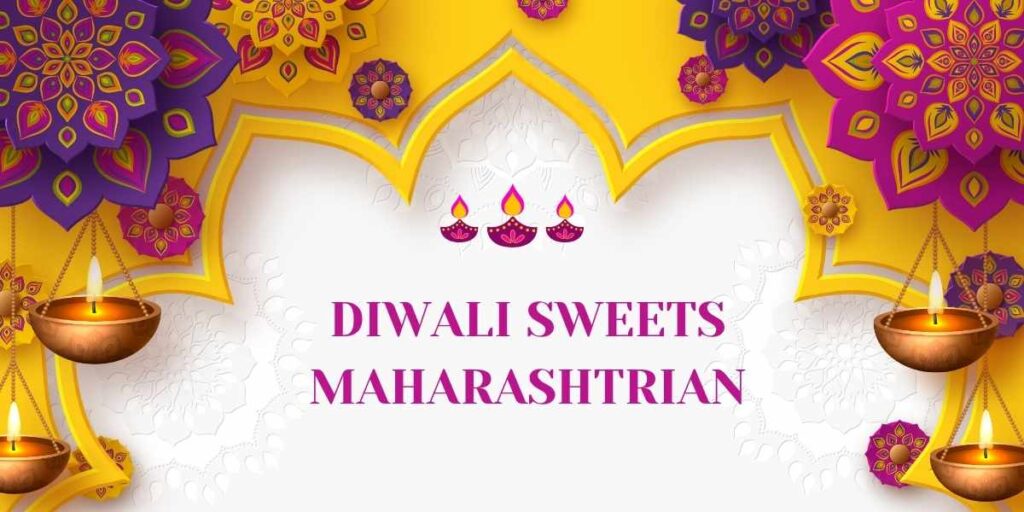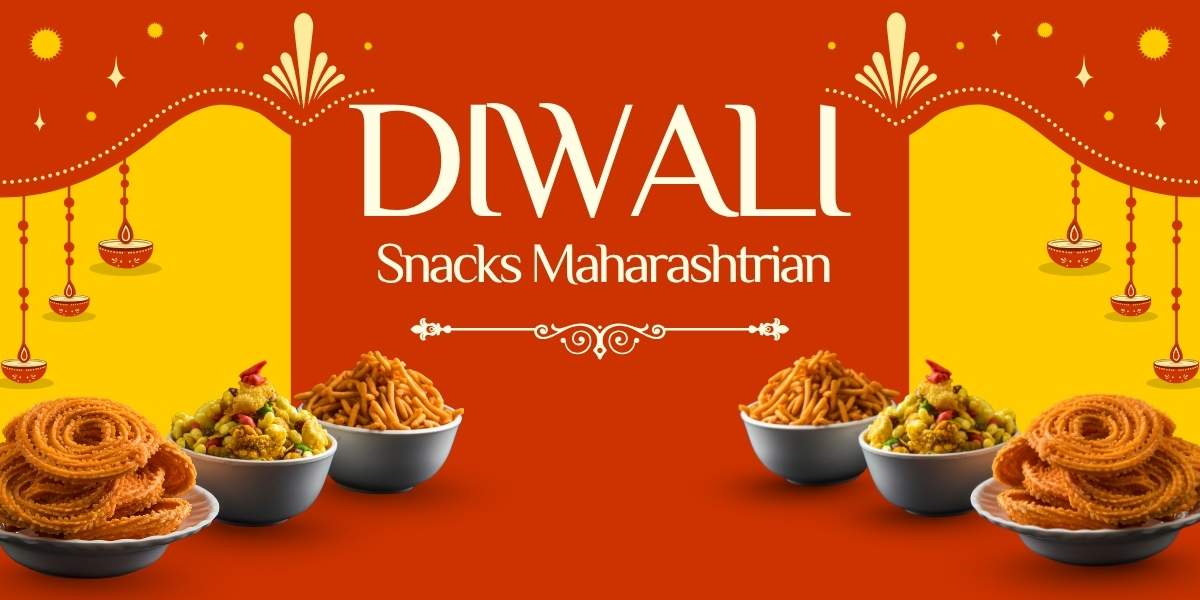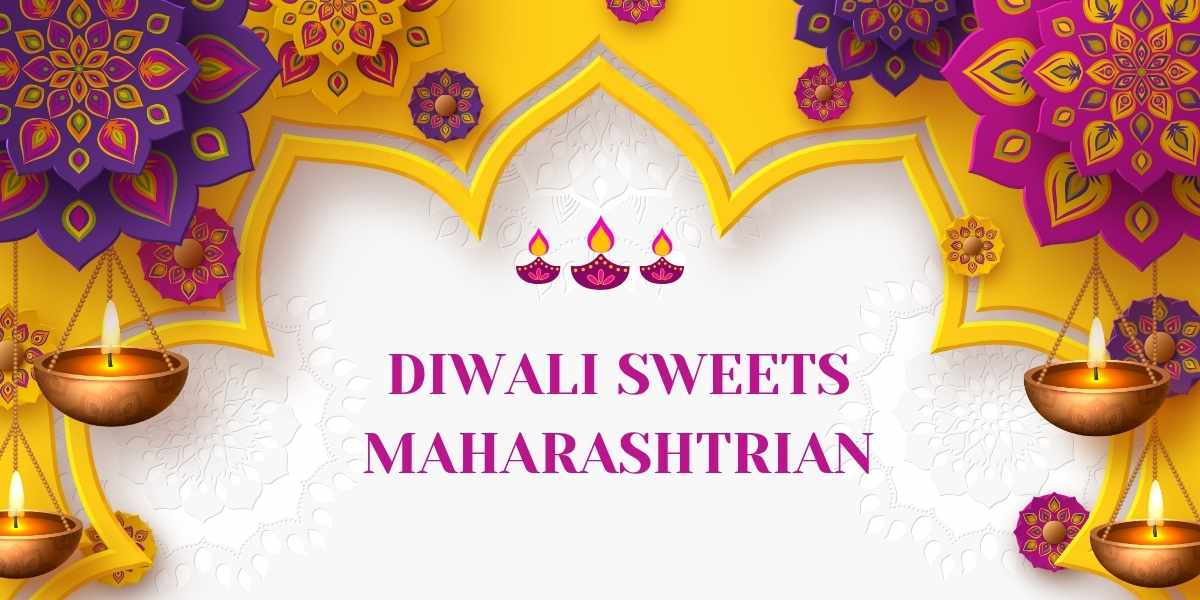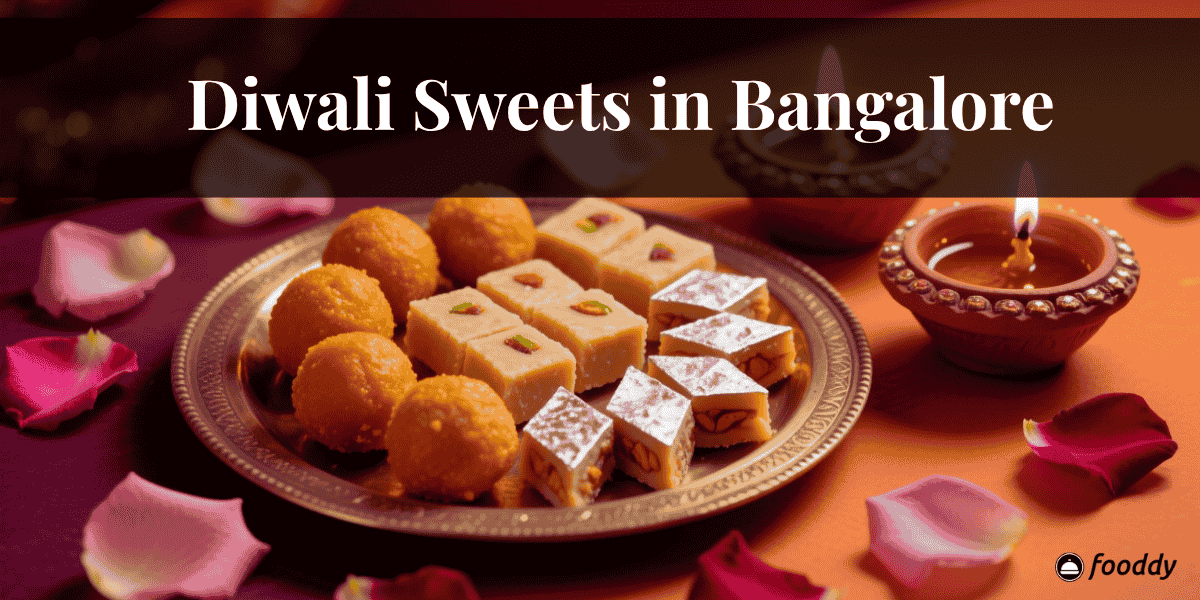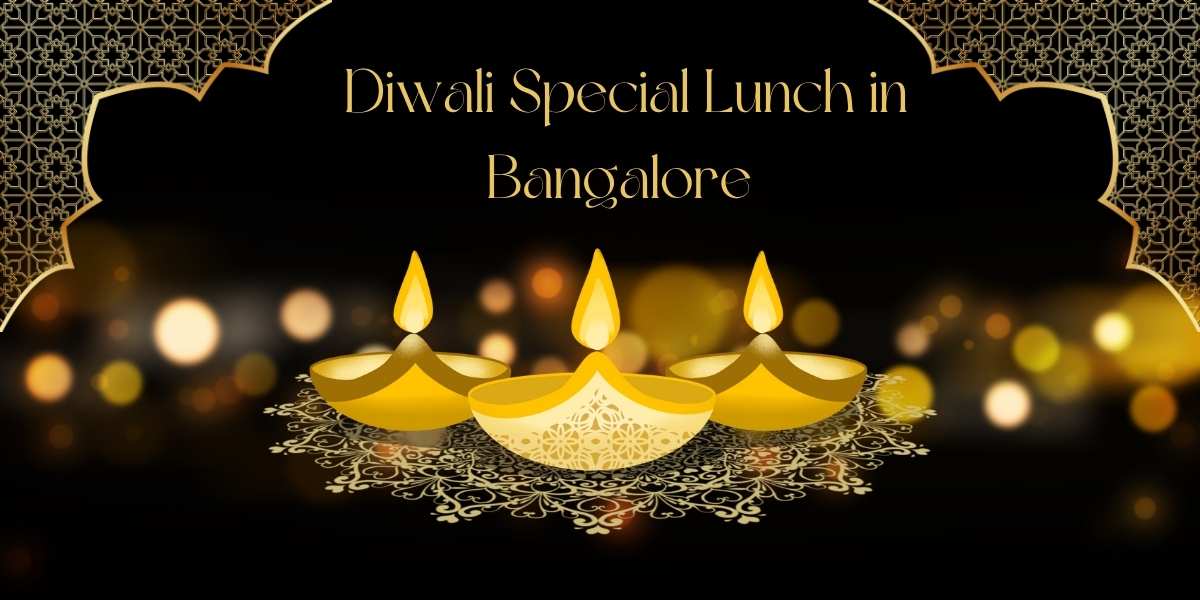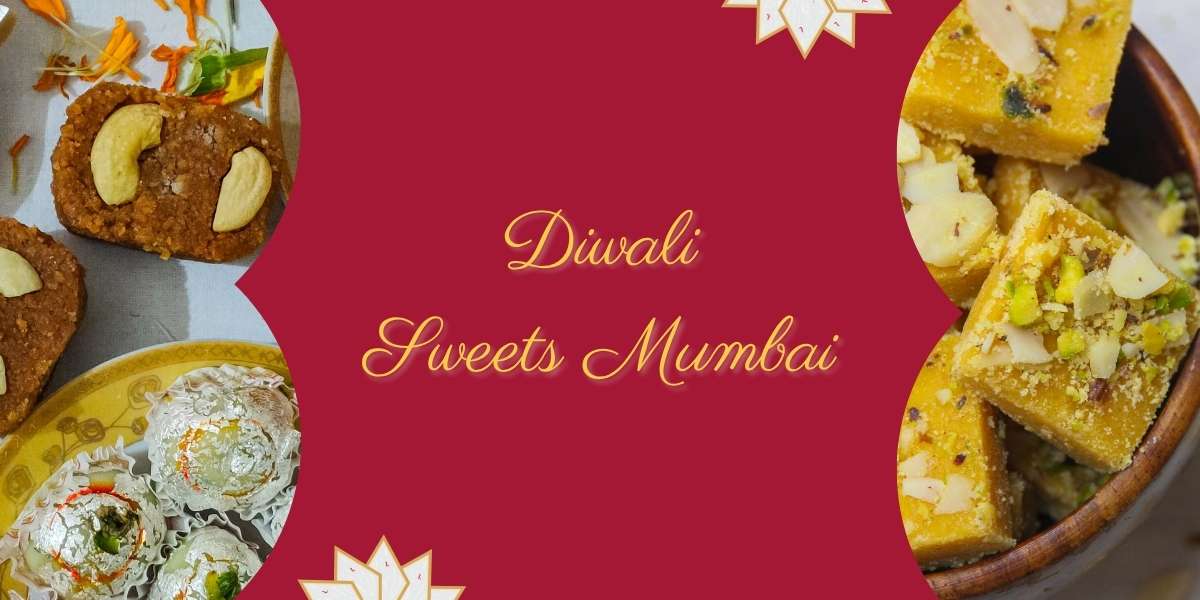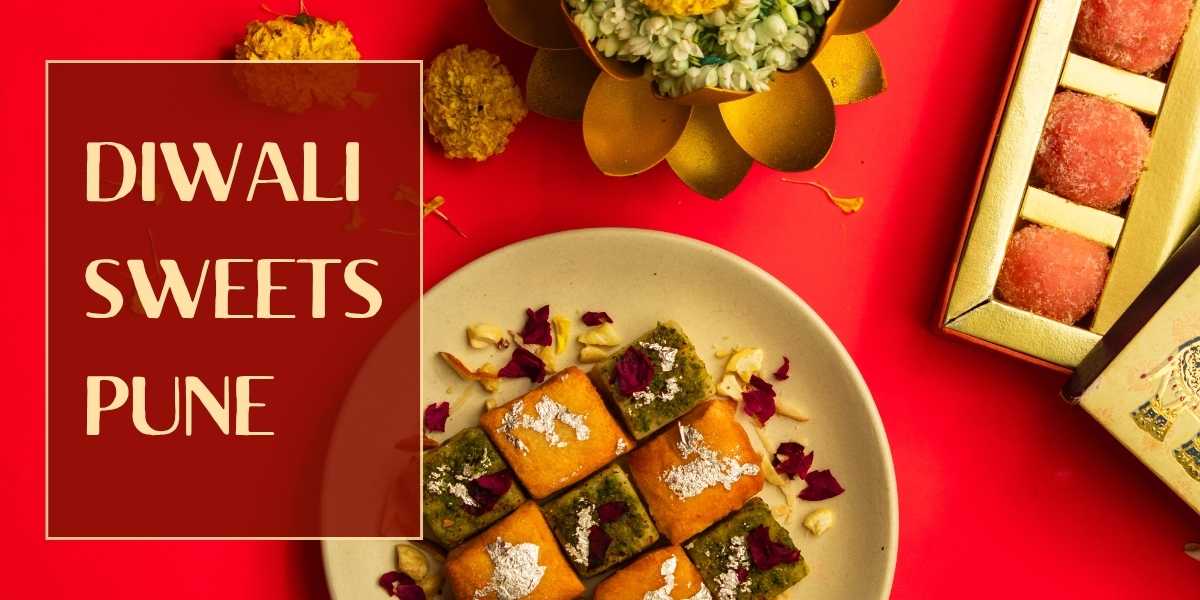Diwali, often called the festival of lights, wouldn’t feel complete without the irresistible spread of traditional sweets, including Diwali Sweets Maharashtrian, that tantalize the taste buds and warm the heart. For Maharashtrians, this festive season is a cherished opportunity to indulge in a variety of homemade delicacies that have been lovingly handed down through generations. These sweets do more than just satisfy a sweet tooth—they embody rich cultural heritage, evoke fond memories, and strengthen family bonds, truly capturing the essence of Diwali celebrations.
The Maharashtrian “faral” platter is a delightful mix of savory and sweet treats, though it’s the sweets that often take center stage. From the nutty, flaky richness of Karanji to the delicate, caramelized sweetness of Anarsa, each confection is a masterpiece crafted with care, patience, and time-honored traditional methods. Join us as we delve into the most beloved Maharashtrian Diwali sweets, uncover their authentic recipes, get price insights, and find the best places to shop for them online to make your festival celebrations extra special.
Top 10 Diwali Sweets Maharashtrian
Maharashtrian Diwali sweets bring a perfect blend of tradition and taste to the festive celebrations. These top 10 sweets are celebrated for their unique flavors, authentic recipes, and the memories they create. Discover the must-try delights that add sweetness and joy to every Diwali gathering.
Karanji (Gujiya)
- One of the most iconic Diwali sweets in Maharashtra.
- Made with a crisp outer shell of flour filled with coconut, jaggery, cardamom, and dry fruits.
- Flaky and delicious, karanji is often compared to North Indian gujiya but has a distinct Maharashtrian touch with coconut that gives it a unique flavor and aroma.
Anarsa
- A festive must-have sweet prepared with soaked rice, jaggery, and sesame seeds.
- Anarsa requires time and skill, as the rice has to be soaked for days before being ground.
- The unique taste and crunchy sesame seeds make this treat worth the effort during Diwali.
Related – Diwali Sweets Mumbai
Ladoo (Besan, Rava, and Coconut)
- No Diwali faraal is complete without ladoos.
- Besan ladoo: Roasted gram flour mixed with ghee and sugar for a rich, nutty flavor.
- Rava ladoo: Semolina combined with ghee, sugar, and cardamom for softness and aroma.
- Naral ladoo: Coconut with jaggery, soft, aromatic, and slightly tropical in taste.
Shev-chi Karanji (Savory-Sweet Fusion)
- A lesser-known delicacy where sev is stuffed into karanji shells.
- Balances sweet with spicy, giving a unique festive twist and texture contrast.
- Mostly found in traditional Maharashtrian households, cherished for its surprising flavor mix.
Puran Poli (Festive Flatbread)
- A signature dish of Maharashtra, often made on Diwali as well as Holi.
- A stuffed flatbread with sweetened chana dal filling flavored with cardamom and nutmeg.
- Served hot with ghee, it is comfort food at its best, loved across generations.
Modak (Ukadiche & Fried)
- Though more associated with Ganesh Chaturthi, modak also makes its way into Diwali spreads.
- Ukadiche Modak: Steamed rice flour dumplings filled with a coconut-jaggery mixture, soft and fragrant.
- Fried Modak: A crispy version with the same delicious filling, offering a delightful contrast in texture.
Jalebi
- Bright orange spirals are fried and soaked in sugar syrup.
- In many Maharashtrian households, hot jalebi is traditionally served with warm milk during Diwali, adding a comforting touch.
- Crispy on the outside and juicy inside—simply irresistible and a festival favorite.
Shankarpali (Sweet Version)
- While often listed as a snack, the sweet Shankarpali is loved as a dessert too.
- Made with flour, sugar, ghee, and milk, then deep-fried into crunchy, golden bites.
- Stored for days without losing its crispness, making it a perfect festive nibble.
Halwa (Sooji or Karachi Halwa)
- A rich, sweet dish prepared with semolina or cornflour, ghee, sugar, and nuts.
- Sooji halwa is quick and homely, while Karachi halwa is chewy and colorful, making both festival-perfect sweets.
- Both find their way into Diwali boxes, adding variety and richness to the celebrations.
Basundi
- A thickened sweet milk dessert flavored with saffron, cardamom, and nuts.
- Often prepared fresh for festive meals rather than stored like snacks, ensuring its rich taste.
- Served chilled or warm, depending on personal preference, basundi is a luscious end to festive feasts.
✨ Together, these 10 sweets form the backbone of Maharashtrian Diwali celebrations.
Diwali Sweets Maharashtrian Price List (Diwali Sweets Maharashtrian Recipes)
Here’s an approximate price list for popular Maharashtrian Diwali sweets. Whether planning to buy these festive treats or preparing them at home, knowing the price range helps in budgeting your celebrations. Cooking at home using authentic Diwali sweets Maharashtrian recipes from family cookbooks or trusted online sources like Hebbars Kitchen, not only saves money but also lets you enjoy the traditional flavors made with love and care.
| Sweet | Approx Price (per kg) | Notes |
| Karanji | ₹500–₹600 | With premium dry fruits, price increases |
| Anarsa | ₹600–₹750 | Labor-intensive and festive special |
| Besan Ladoo | ₹450–₹550 | Pure ghee versions cost more |
| Rava Ladoo | ₹400–₹500 | Budget-friendly and quick |
| Coconut Ladoo | ₹450–₹550 | Fresh coconut-based, shorter shelf life |
| Shev-chi Karanji | ₹500–₹600 | Rarely available in shops |
| Puran Poli (per piece) | ₹60–₹80 each | Homemade tastes better than store-bought |
| Modak (per dozen) | ₹350–₹450 | Steamed ones have short shelf life |
| Jalebi | ₹300–₹400 | Best eaten fresh |
| Basundi (per liter) | ₹500–₹600 | Premium milk-based dessert |
💡 Tip: Making sweets at home costs about half the shop price. Try recipes from trusted sources like Hebbars Kitchen for authentic taste.
Diwali Sweets Maharashtrian Hebbars Kitchen
If you’re new to making sweets, Hebbars Kitchen is a true savior. Their recipes are simple, quick, and beginner-friendly, complete with step-by-step photos and short videos that make cooking enjoyable and easy.
Popular Maharashtrian sweet recipes to try:
- Karanji Recipe – Learn how to achieve a flaky outer crust with a moist, flavorful coconut filling.
- Anarsa Recipe – Master this tricky sweet with precise soaking and frying techniques for perfect texture.
- Besan Ladoo Recipe – A foolproof method to make round, smooth, and richly flavored ladoos.
- Puran Poli Recipe – Discover the traditional way to prepare soft poli with perfectly balanced stuffing.
- Coconut Ladoo Recipe – A quick version using condensed milk, ideal for modern kitchens with busy schedules.
- Basundi Recipe – An easy recipe with helpful tips for reducing milk without burning it, resulting in creamy sweetness.
Cooking at home not only guarantees freshness but lets you customize sweetness and ghee quantity according to your taste preferences. Plus, it’s a wonderful way to bring the family together, adding joy and bonding to festive preparations!
Diwali Sweets Maharashtrian Online Shopping
Short on time? No worries. Many online stores and mithai shops bring authentic Maharashtrian Diwali sweets right to your doorstep, making festive preparations easy and convenient.
Best places to buy:
- Local mithai shops – Chitale Bandhu, Haldiram’s, Bikanervala, and Ghasitaram’s have been trusted names for years. They offer festive sweet boxes that bring the true taste of Maharashtrian tradition. These shops are favorites in many homes and guarantee quality sweets for Diwali.
- E-commerce platforms – Amazon, Flipkart, and BigBasket have a good variety of ready-to-eat ladoos, karanjis, and gift hampers. They’re perfect if you’re busy and want to order sweets easily without losing the authentic flavor.
- Regional online stores – Pune mithaiwalas and Mumbai sweet shops run websites where you can get fresh sweets made with traditional recipes. These deliveries keep the homemade feel alive and bring local flavors straight to your door.
- Home chefs & small sellers – Instagram, WhatsApp groups, and Swiggy Minis feature small sellers who prepare sweets in small batches with love and care. Their unique creations often can’t be found in larger stores, making them a special treat for your celebrations.
Why order online?
Ordering online saves you from last-minute hurried shopping and still lets you enjoy all the festive sweetness. It’s an easy way to stick to tradition while sharing joy with family and friends during Diwali.Best places to buy
Tips before buying sweets online:
- Check the shelf life and storage instructions carefully to ensure freshness and quality upon delivery.
- Order at least 5–7 days before Diwali to avoid last-minute shipping delays and ensure your sweets arrive on time.
- Look at customer reviews and ratings to verify the authenticity and taste of the sweets you plan to buy.
- Opt for vacuum-sealed packs especially for sweets like ladoos and karanji to maintain freshness and extend shelf life.
Even NRIs can enjoy Maharashtrian Diwali sweets, as many shops now offer international delivery, making it easy for families abroad to celebrate with authentic festive flavors.
Conclusion
Maharashtrian Diwali sweets are more than just festive treats—they are a beautiful symbol of tradition, love, and togetherness passed down through generations. From the crunchy, flaky karanji to the soft, aromatic puran poli, every sweet holds a special place on the Diwali faraal platter, adding richness and happiness to the celebrations.
Whether you prepare these sweets at home using age-old, cherished recipes or buy them online for convenience, they never fail to bring joy and warmth to the festival. This Diwali, light up not just your home but also your plates with these authentic Maharashtrian delights—and don’t forget to spread the happiness by sharing them with family, friends, and neighbors, making the festival truly memorable.
FAQs
Q1. What are the most popular Maharashtrian Diwali sweets?
Ans: Karanji, anarsa, ladoos, puran poli, and modak are among the most popular sweets enjoyed during Diwali in Maharashtra.
Q2. Are Maharashtrian Diwali sweets very different from North Indian sweets?
Ans: Yes, Maharashtrian sweets often use coconut and jaggery, giving them a distinct flavor, while North Indian sweets rely more on khoya (milk solids) for richness.
Q3. Can I prepare these sweets in advance?
Ans: Yes! Sweets like ladoos, karanji, and shankarpali can last up to 2 weeks if stored properly. However, milk-based sweets like basundi should be prepared fresh for the best taste.
Q4. Are there quick recipes for beginners?
Ans: Yes, Hebbars Kitchen offers simplified and quick recipes for traditional sweets. Coconut ladoo and rava ladoo are especially great options for beginners.
Q5. What is the cost of making Diwali sweets at home vs. buying?
Ans: Making sweets at home typically costs about 40–50% less and ensures freshness. Shops charge more due to packaging, branding, and use of premium dry fruits.
Q6. Where can I buy authentic Maharashtrian Diwali sweets online?
Ans: Trusted sources include Chitale Bandhu, Pune-based mithai shops, as well as popular e-commerce platforms like Amazon, Flipkart, and Swiggy Minis sellers.
Q7. Which Maharashtrian Diwali sweet is healthiest?
Ans: Coconut ladoo and anarsa made with jaggery are considered healthier choices compared to sugar-soaked sweets like jalebi, due to natural sweeteners and wholesome ingredients.

